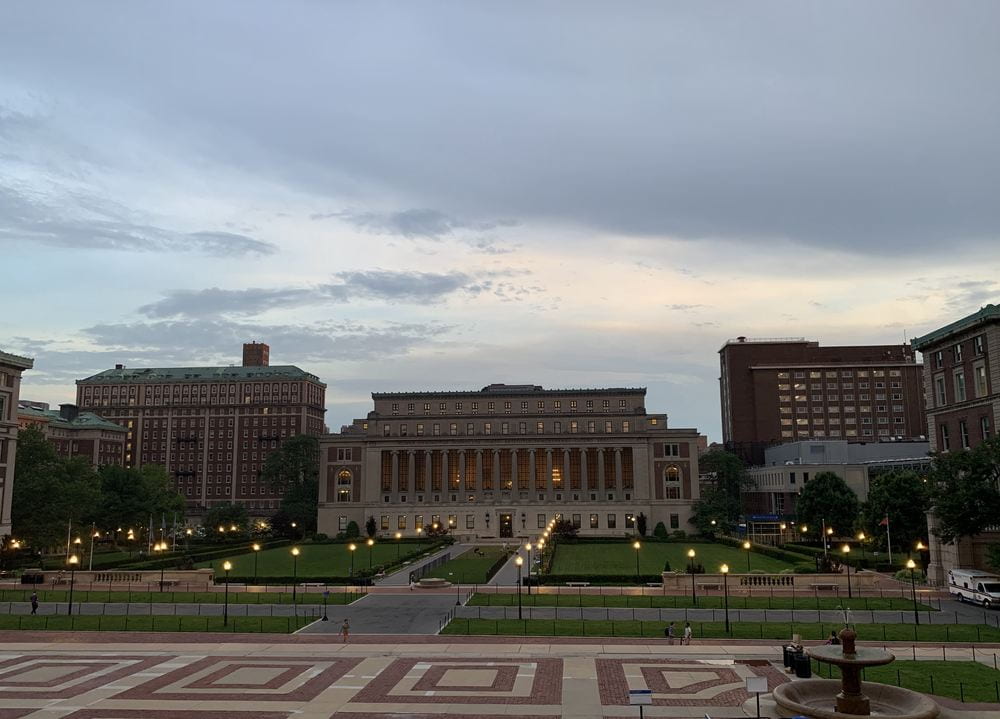This article is a summary of this video: “Nuclear receptor NR4A is required for patterning at the ends of the planarian anterior-posterior axis”. https://jrnlclub.org/research-films/planarian-regeneration-patterning Regeneration is a fundamental process in biology that allows animals to “bounce back” from injury by synthesizing new tissue. While regeneration is an essential process for the maintenance of homeostasis in…
Patterning the planarian head with nr4A










